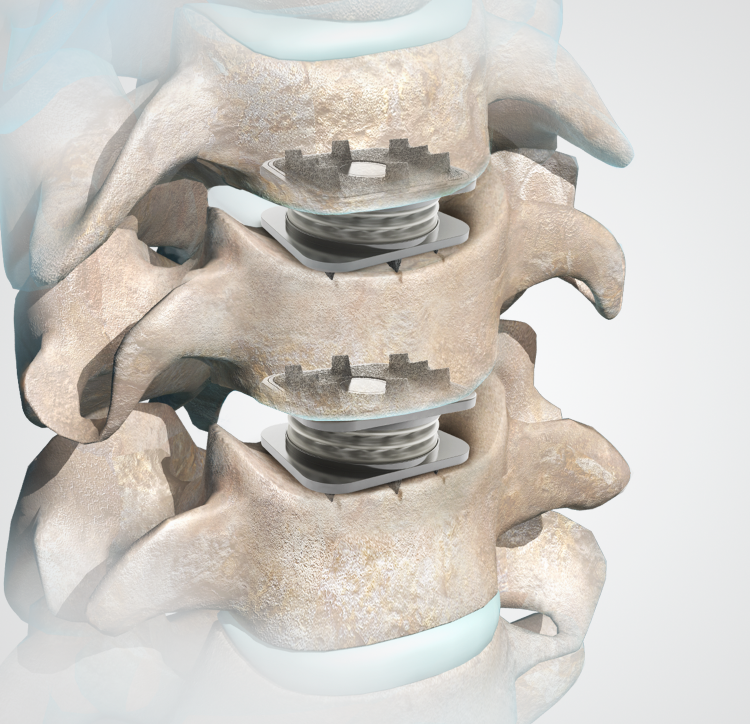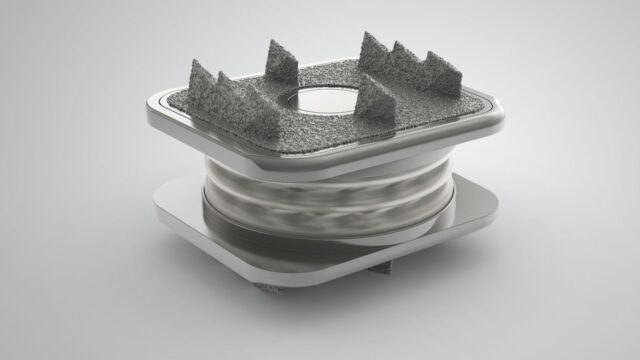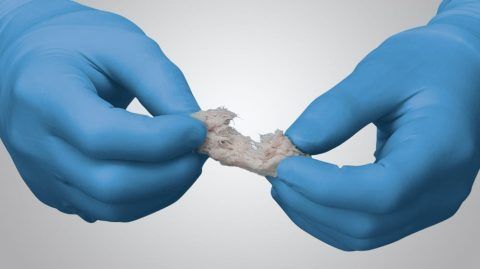
Current Studies
At Orthofix, we are committed to developing new products in all areas of our business, and we do this through Investigational Device Exemption studies (IDEs), as well as post-approval and post-market studies. IDE studies are used to bring new products or existing products with new indications to market. Post-market studies allow us to examine the effectiveness of our products in a real-world setting. In a post-market study, physicians follow their patients for a period of time so that the effectiveness of a device or product can be further evaluated by Orthofix.
Investigational Device Exemption Studies

M6-C Artificial Cervical Disc Two-Level IDE Pivotal Study
Patients will be concurrently enrolled in the M6-C treatment group and the ACDF control group. Patients should have failed at least six weeks of conservative treatment or demonstrated progressive symptoms despite continued non-operative treatment. For the study, 263 patients will undergo either a two-level cervical artificial disc procedure or an instrumented (ACDF) procedure as per site group assignment. Patients will be evaluated clinically, radiographically, and via the collection of patient-reported outcomes at six weeks, three months, six months, 12 months and 24 months. The primary endpoint is overall success at 24 months.

